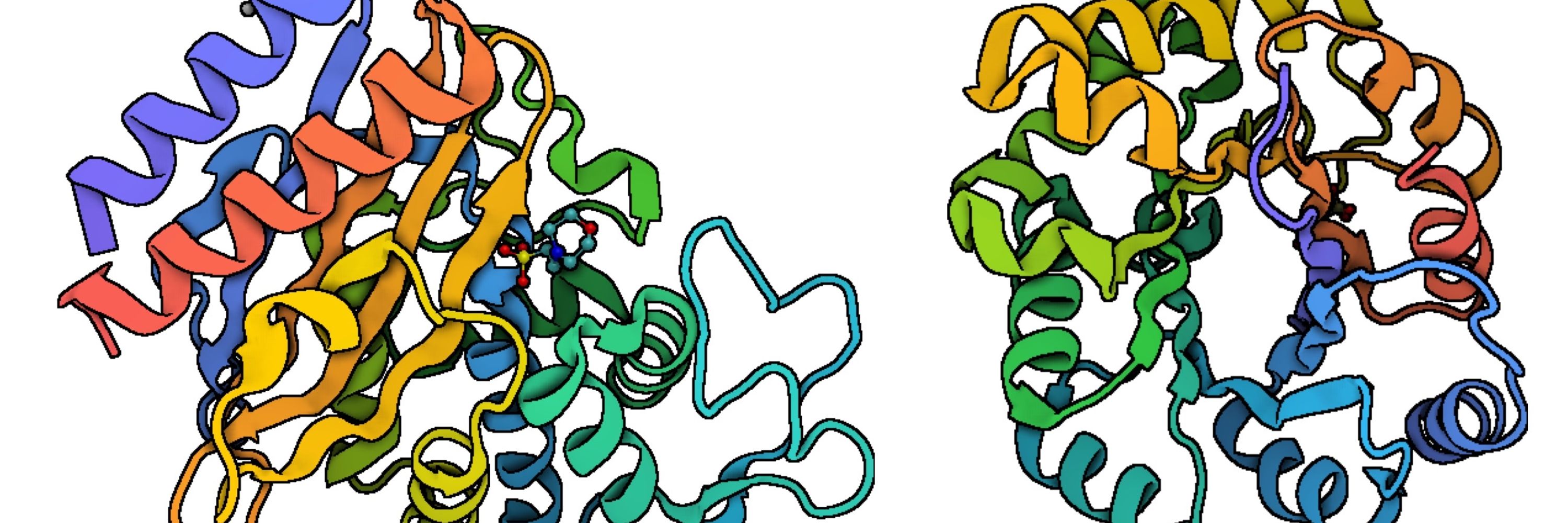
Big #thankyou to all the participants from
@hymanlab.bsky.social, @tothpetroczylab.bsky.social and von Appen labs for your support and enthusiasm!💜
Big #thankyou to all the participants from
@hymanlab.bsky.social, @tothpetroczylab.bsky.social and von Appen labs for your support and enthusiasm!💜











